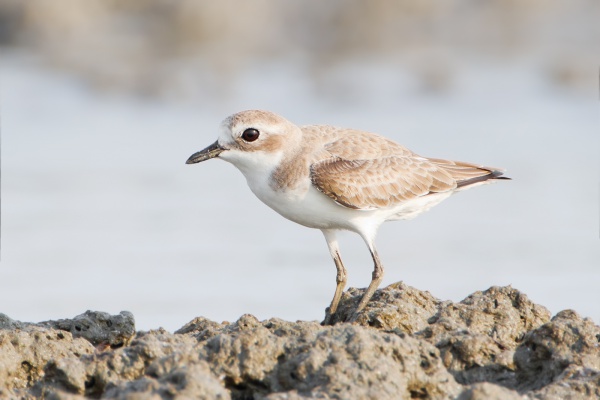Facts About Lesser sand plover
The lesser sand plover is a small, migratory bird belonging to the plover family. Distinguished by its unique appearance and migratory behavior, this species is part of the Charadrius genus and has a complex taxonomic history, including various subspecies and classifications.
These birds breed in specific regions such as the Himalayas and Siberia, where they nest on bare ground and lay three eggs. As winter approaches, they migrate to sandy beaches in areas such as East Africa, South Asia, and Australasia.
Physically, the lesser sand plover is known for its long legs and bill. Breeding males feature grey backs, white underparts, and chestnut markings on the breast, forehead, and nape. In contrast, females and juveniles have a duller appearance, making them less conspicuous. Distinguishing the lesser sand plover from the greater sand plover can be challenging due to their similar appearances.
Their diet consists of insects, crustaceans, and annelid worms, which they capture using a run-and-pause technique. The lesser sand plover is also included in the Agreement on the Conservation of African-Eurasian Migratory Waterbirds (AEWA), highlighting its significance in conservation efforts.
To differentiate the lesser sand plover from the greater sand plover, observe the size, bill length, and leg color. The lesser sand plover is slightly smaller, has a shorter bill, and typically has darker legs. In contrast, the greater sand plover tends to have paler legs, ranging from grey to yellowish.

 India
India